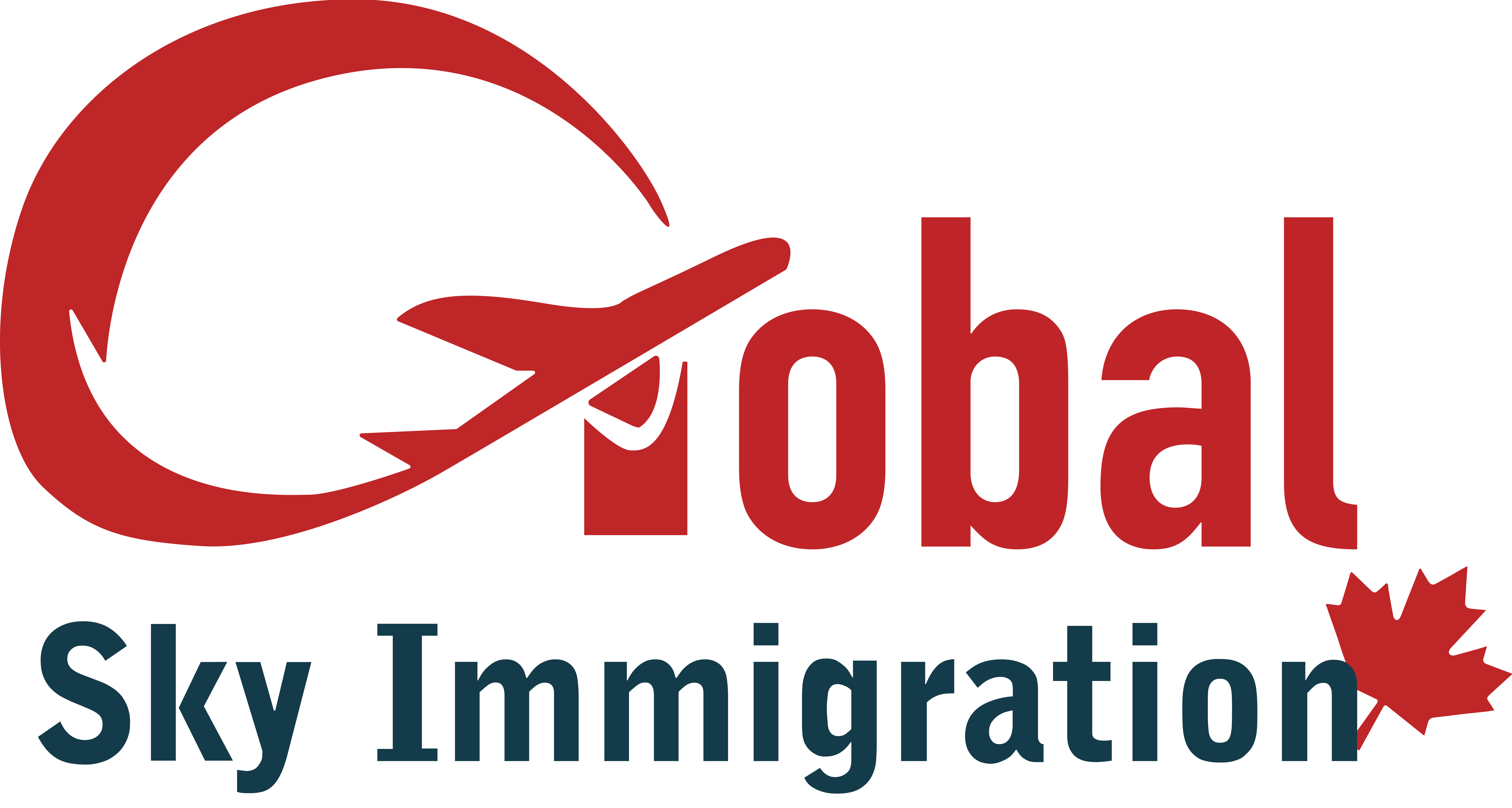Employment and Social Development Canada (ESDC) has announced exciting updates to the Temporary Foreign Worker Program (TFWP), notably increasing the minimum hourly wage requirements for the high-wage stream.
Starting November 8, applicants in this stream will need to earn at least 20% above the median wage for their position based on their work location to qualify.
This important change is expected to benefit up to 34,000 workers across Canada, leading to hourly wage increases of $5 to $8 CAD for those who continue in the high-wage stream, depending on their region.
“By raising the threshold for high-wage stream positions, we are fostering wage growth for Canadians,” said Minister of Employment, Workforce Development, and Official Languages, Randy Boissonnault.
Additionally, starting October 28, 2024, employers in the TFWP will no longer be able to use attestations from licensed accountants or lawyers to validate their business legitimacy.
Minister Boissonnault also aims to strengthen information-sharing agreements with provincial and territorial partners and employment registries to combat misuse and abuse of the program.
Specific changes
To qualify for the high-wage stream of the Temporary Foreign Worker Program (TFWP), candidates previously needed to meet one of two wage criteria:
- Earn the median wage for their position in their area, as listed on Canada’s National Job Bank.
- Receive a wage comparable to what current employees in the same job, with similar skills and experience, earn at the same employer.
Employers had to pay the higher of these two options.
Starting with today’s announcement, candidates must now earn at least 20% above the median wage in their area, or fall within the wage range of current employees at their employer’s business—whichever is higher.
It’s important to note that the ESDC only considers guaranteed wages for eligibility, meaning the required wage does not include:
- Overtime pay
- Tips
- Benefits
- Profit sharing
- Bonuses
- Commissions
- Other forms of compensation
How can candidates find the median wage for my position, in my area?
To find the median wage for an occupation on the Job Bank:
- Go to the “Compare wages” section on the Job Bank website.
- In the “Job search” field, enter the job title or National Occupation Classification (NOC)* code that best matches the job’s duties and requirements. Be sure to select the correct occupation title based on job descriptions.
- The hourly median wage will be displayed in the middle column, organized by community or area. If it shows “n/a,” check the provincial or territorial wage. If that’s also unavailable, look at the national wage for the position.
- If the job requires additional skills and experience beyond what the NOC description indicates, the offered wages should reflect those extra requirements.
*The NOC is Canada’s system for classifying occupations based on training, education, experience, and responsibilities (TEER).
Why is Canada pursuing this change to the TFWP?
Immigration, Refugees and Citizenship Canada (IRCC) and Employment and Social Development Canada (ESDC) have introduced changes to the Temporary Foreign Worker Program (TFWP) this year to encourage Canadian businesses to hire more local workers.
They expect these changes will lead to more jobs with stricter rules for the low-wage stream, which requires employers to provide better housing and transportation support. This aims to boost hiring of Canadians.
Key changes include:
- A six-month pause on Labour Market Impact Assessments (LMIAs) for low-wage jobs in areas with 6% or higher unemployment.
- A limit that allows employers to hire no more than 10% of their workforce through the TFWP.
- Reducing the maximum employment duration for low-wage workers from two years to one.
These changes are part of Canada’s goal to keep temporary residents (like work or study permit holders) at 5% of the population, addressing housing and affordability concerns.
Other measures include:
- Capping study permits for new international students.
- New requirements for study fields and language for Post-Graduation Work Permits (PGWPs).
- Changes to eligibility for some Spousal Open Work Permits (SOWPs).
- Setting temporary resident target levels in the annual Immigration Levels Plan.


